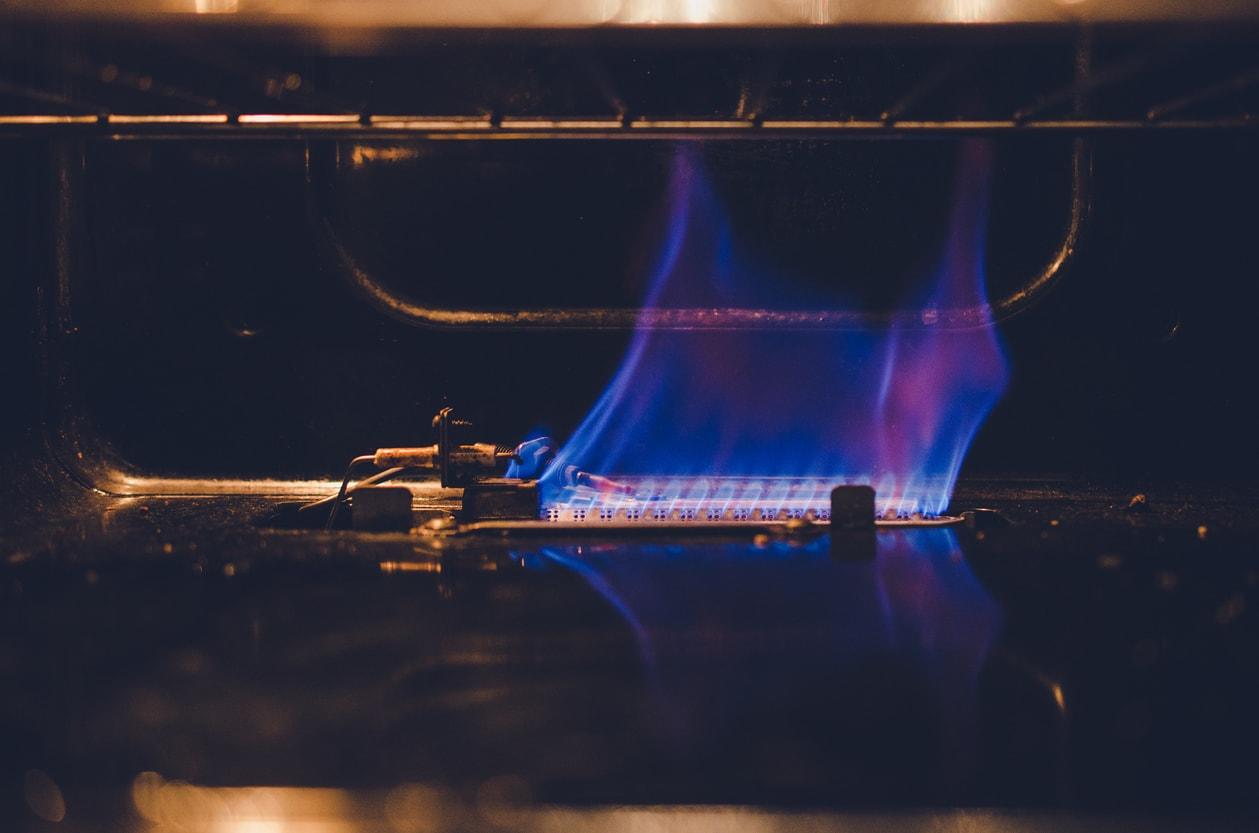January 10, 2017
DIY Furnace Repair Guide

HVAC owners are almost always encouraged to call on a trained and experienced HVAC technician for fixing any issues with the furnace. But we believe that a little knowledge never hurts anyone, and it’s important to know what you can do yourself and when you need to call a repair technician.
This guide is aimed at getting HVAC owners equipped with enough knowledge that they can perform some basic troubleshooting before calling their St. Louis HVAC technician.
Simple DIY Furnace Repair Guide:
-
- Thermostat – Start troubleshooting at the thermostat. The thermostat setting should be on heat and the temperature should be above room temperature. It is also advised to troubleshoot with the temperature set at the highest. Turn the thermostat off and back on again. Check that the furnace fan is running.
-
- Power – If the fan of the furnace does not run, check the breaker, the fuse, and make sure the furnace switch is in the on position. If the breaker has tripped, you should check for a loose wiring connection. You should also look for any burn spots on the control board. The control board can be replaced if there are burn spots and the breaker can be reset after pairs are made.If the breaker is working, check the inspection window of the furnace for a red or a green light. No flashing light can indicate a problem with the transformer, run capacitor, thermostat, blower motor or furnace control board. Call at St. Louis Furnace Repair Technician if this is the case.
-
- Pilot light – Furnaces that have a pilot light should be on, and the flame should be touching the tip of the thermocouple in normal working conditions. If the pilot light is lit but the burners do not function, it could indicate a problem with the thermostat, limit control, furnace control board or gas valve.
-
- Ignition – Check if the pilot light or the main burner tries to ignite. This is usually heard as a rapid clicking sound. If it tries to ignite, then the problem could simply be a dirty flame sensor or pilot assembly that can be cleaned. If not, it could indicate a problem with a blocked flue, malfunctioning furnace control board or limit control.
-
- The main burners – If the main burners do not start despite a lit pilot light or ignitor, then you can check if there is enough gas. It could be a problem with the gas valve or furnace control board.
- Checking the blower – Once the main burners are lit, ideally, the blower starts after a delay of about three minutes. If it doesn’t, the issue could be with a run capacitor or the motor. If there is an issue with the run capacitor or motor, you will need to contact a St. Louis HVAC technician.
These DIY furnace troubleshooting tips should be conducted for one complete heating cycle. This will enable easy tracking of the issues in a step-by-step manner. Regular maintenance can help in avoiding furnace issues altogether. So, make sure you have periodic maintenance done from a trained St. Louis Heating and Cooling technician.
